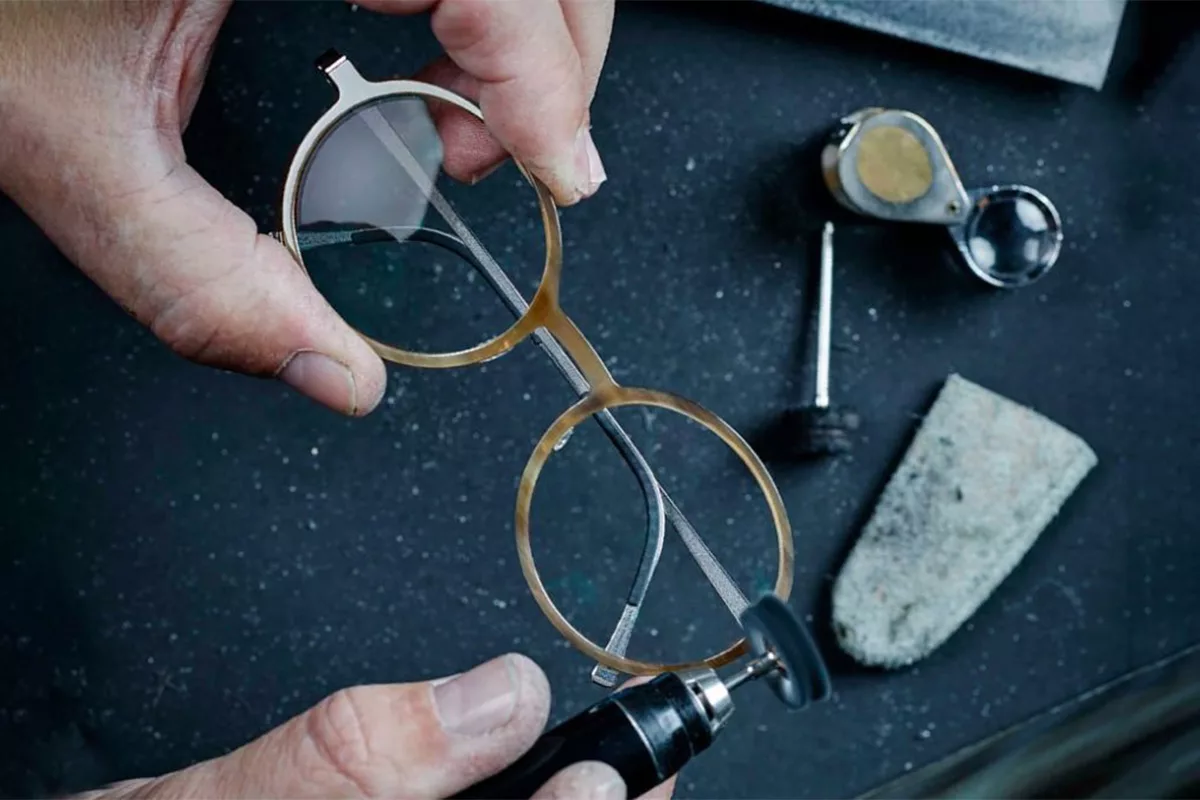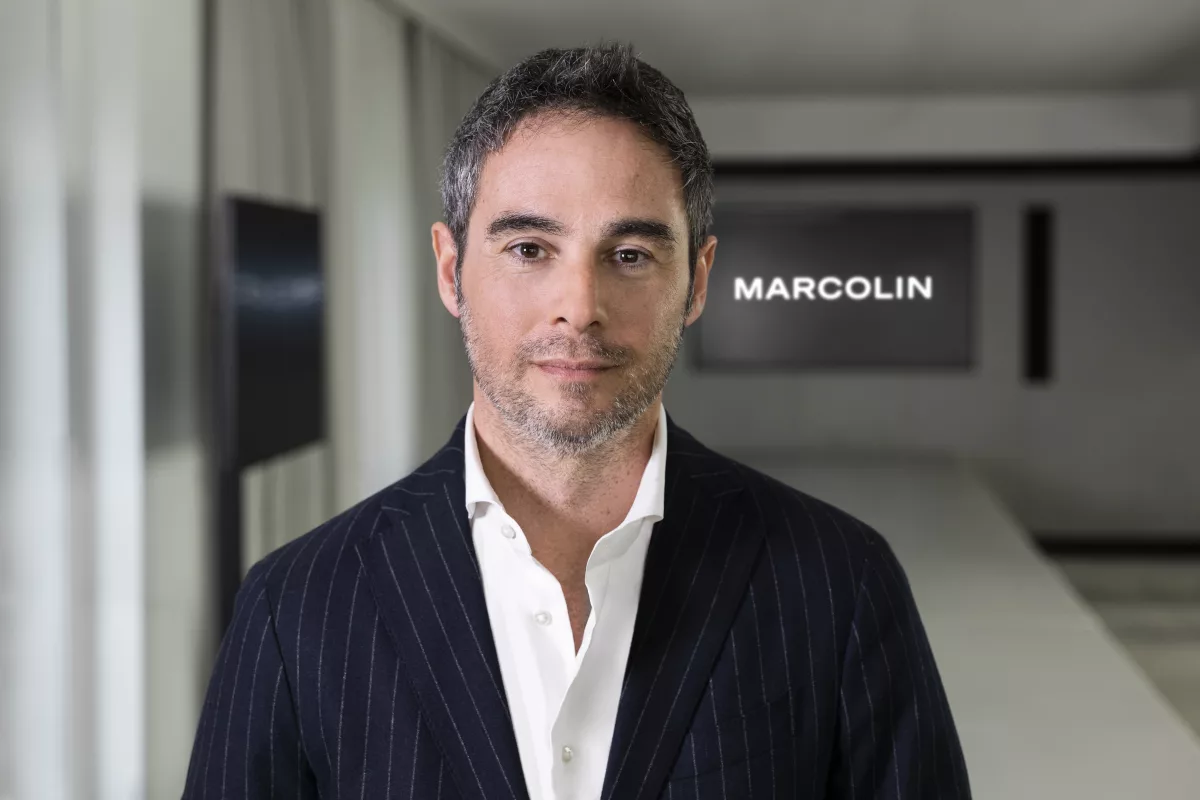ASCO-India conducted a marathon survey of optometry schools in India and the results reveal the way forward
 Optometry in India was born over sixty five years ago under the National Program for Control of Blindness. Visionaries like Late Sri. Naval P Baliwalla and Dr. S. S. Badrinath lead the profession to greater heights by playing a pivotal role in introducing graduate programs that are at par with international standards in the domain of optometry.
Optometry in India was born over sixty five years ago under the National Program for Control of Blindness. Visionaries like Late Sri. Naval P Baliwalla and Dr. S. S. Badrinath lead the profession to greater heights by playing a pivotal role in introducing graduate programs that are at par with international standards in the domain of optometry.
Ever since, optometry in India has grown leaps and bounds. In fact, this is one domain where the growth is not just rapid but continuing as well. Therefore, the need for professionally qualified optometrists is growing fast. The reason for this growth can be attributed to the growing awareness amongst the people.
Not so long ago, in the year 2000, India had four optometry schools that were offering the four year graduate programs. Today, the Association of Schools and Colleges of Optometry in India (ASCO-India) has at least 60 member schools that offer four year programs accredited by reputed Universities.
ASCO-India & its contribution to this growth
ASCO-India is part of the World Optometry Council and has been working hard to create awareness of optometry as an independent Eye and Vision Care Profession amidst the Indian Society through its various initiatives.
As part of these initiatives, ASCO-India also assists educational institutions and individuals for improving the standard of the education of optometry in India. After all, the right type of education and training play an important role in helping those who aspire to build a rewarding career in the domain of optometry.
The association regularly encourages as well as supports optometry institutions to develop and conduct training programs that help students learn better. This has helped in uplifting the standards of education in the domain of optical trade.
In the last decade, the domain of optical trade has witnessed tremendous growth. Given this growth that the eyecare and eyewear industry has experienced, it becomes imperative to understand if the professional training is indeed living up to the demands of the industry. In order to be able to gauge the situation better, ASCO-India undertook a survey through which the optometry schools in India were analysed on the basis of various factors.
Vivek Mendonsa, President of ASCO-India said, “ASCO-India was formed with the goal to develop optometry education, build the capacity of schools and facilitate advocacy with the government for establishing the profession. Some of the achievements of the association include setting of Common Minimum Optometry Curriculum and Competency Standards for Optometrists.”
Adding further he said, “Our motive of undertaking the survey is to do a situation analysis and present a more comprehensive picture of the growth that the domain of optometry education has experienced in the last decade.”
Work Done In The Past
In terms of capacity building, a mapping of optometry schools was done in 2010 and the results revealed that almost 70% of schools had a lacuna in infrastructure. This was particularly true in the area of low vision care.
In order to bridge the gap, ASCO-India along with Lotus College of Optometry in collaboration with Sightsavers helped establish thirty low vision clinics in optometry schools. Later on, they also conducted a detailed pedagogy training for optometric educators.
In fact, upgrading of educators has become a continual process for the association by way of the FASCO program. This program is conducted using an online portal on the ASCO-India website to make it even more accessible
The current survey is to give ASCO-India insights into the road ahead that charts the growth of optometry in the
coming years.
Method used
An online survey was designed and data was collected from twenty nine leading schools across India. Institutional heads of each of schools participated encouragingly and have responded to their best ability. Besides demographic data on name and street address of institutions, there was a lot of other information that came forth through this survey that further reiterates the
strong growth being experienced
by the industry.
Here is what the survey findings revealed:
Just a few years ago, there was a lot of variation on the nomenclature of the degree proposed by optometry colleges. However, with UGC now proposing a uniform B.Optom degree for undergraduates and M.Optom for postgraduates, the structuralisation is far more clearer.
Through the survey conducted by ASCO-India, it was learnt that 52% of schools offer B.Sc Optometry Degree and 40% offer B.Optom. The highlight in this category is that 40% colleges have started offering M.Optom programs as well as 23% are also offering a PhD in Optometry. This is quite a positive indicator since some time ago there were not many options in this category!
Contribution to vision sciences
India’s contribution to the domain of vision sciences internationally, is also rising. 276 papers have been published in peer reviewed journals by optometrists in 2015-16 and 360 presentations in national conferences and 217 presentations in international optometry conferences by students and faculty. Indian optometry is surely making its presence felt at a
global level.
Campus placements across optometry institutions have registered an impressive rise. Over 70% of the schools have a formal placement program that is helping aspiring students get the right direction and guidance while choosing a career in optometry. All schools that participated in the survey are affiliated to UGC recognised universities across the country.
Better Infrastructure
The survey reveals that infrastructure has also seen a major growth as compared to the scenario that existed 5 years ago.
Further highlights in this category point out that 100% of schools (that participated in the survey) have classrooms and seminar halls with state-of-the-art audio visual facilities. All of the participating schools have an optometry library with over 200 books.
85% of the optometry schools subscribed to at least 5 optometry journals. 92% of schools had a dedicated physics laboratory and 66% of them also had a pathology laboratory facility to help the students
learn better.
Better faculty
Faculty was a huge crunch, when one looks at the past records in the domain of optometry education. In contrast to that, today 95% of the colleges participating in the survey reported to having faculty with B.Optom or M.Optom qualifications. 40% of the schools have faculty qualified with a PhD in Optometry. This leads us to conclude that better faculty is indeed playing an important role in ensuring that the training is imparted in a better way.


Each school has an average intake of 35 students per year and a passing rate of about 80%. Last academic year 2015-16 India witnessed 740 undergraduates and 111 optometrists graduating with a
Master’s degree.
Till date 4,105 optometrists have graduated from the 29 respondents who were part of the survey. Of the 29, two schools are new and have yet to graduate their first batch.
Improved patient care
100% of them have good patient care access to train their graduates with an average of over 10,000 patients per year and specialty clinics like contact lenses, low vision and binocular vision having 300-500 patients per year. 96% of the schools also have a dedicated dispensing opticians postings.
Helping the community
Every optometry school is involved in public health projects and last year over 2,35,000 adults and children have been reached by optometrists. Over 22,500 free or subsidised pairs of glasses and vision care devices were dispensed.
Year 2016 has been a landmark year for Indian optometry as efforts of many generation of optometry leadership has finally paid off as the Ministry of Health & Family Welfare has recognised optometry as a healthcare profession and proposed the formation of the Allied and Healthcare Council.
The board members in their capacity of educators continue to work very closely with the Ministry to further establish and strengthen the same.
Activities of ASCO-India are focused on helping to establish more schools of optometry to develop more human resources for the eyecare industry as well as a finishing school for optometrists to make them
industry ready.
List of colleges that participated in the survey
Sankara College of Optometry Ludhiana Punjab
School of Medical Science University of Hyderabad
Brien Holden Institute of Optometry and Vision Sciences
Dept. of Optometry and Vision Science, Amity
Nethradhama School of Optometry/ Rajiv Gandhi University of Health Sciences, Karnataka
Netradeep college of Optometry, Beed
Elite School of optometry
Al Salama College of Optometry
Shri Ganapati Netralaya College of optometry Jalna, Maharastra
Pushpagiri Eye Institute
Rayhan College of Optometry
Ahalia School of Optometry
Sankara College of Optometry
Dept. of Optometry/School of Allied Health Sciences/Manipal
Lotus Bausch and Lomb Institute of Optometry
Bharati Vidyapeeth University, Medical College, School of Optometry
Nagar School of Optometry
Wavikar Eye Institute
College of Optometry, PBMA’s H.V. Desai Eye Hospital
Vidyasagar College of Optometry & Vision Science
Dept. of Optomeyt/School of Allied Health Sciences/Manipal
Little Flower Institute of Medical Sciences & Research
Shriprakash Institute of Optometry (A Unit of Dr Agarwal Eye Hospital Affiliated to Alagappa University Karaikudi)
Shree bharatimaiya college of optometry n physiotherapy. / Veer Narmad South Gujarat University
RJN School of Optometry
Hari Jyot College of Optometry affiliated to Veer Narmad South Gujarat University
Shri H.V.Desai School of Optometry, Drashti Netralaya (A Unit of OM trust)
Lotus College Of Optometry
Sri Ramachandra University















